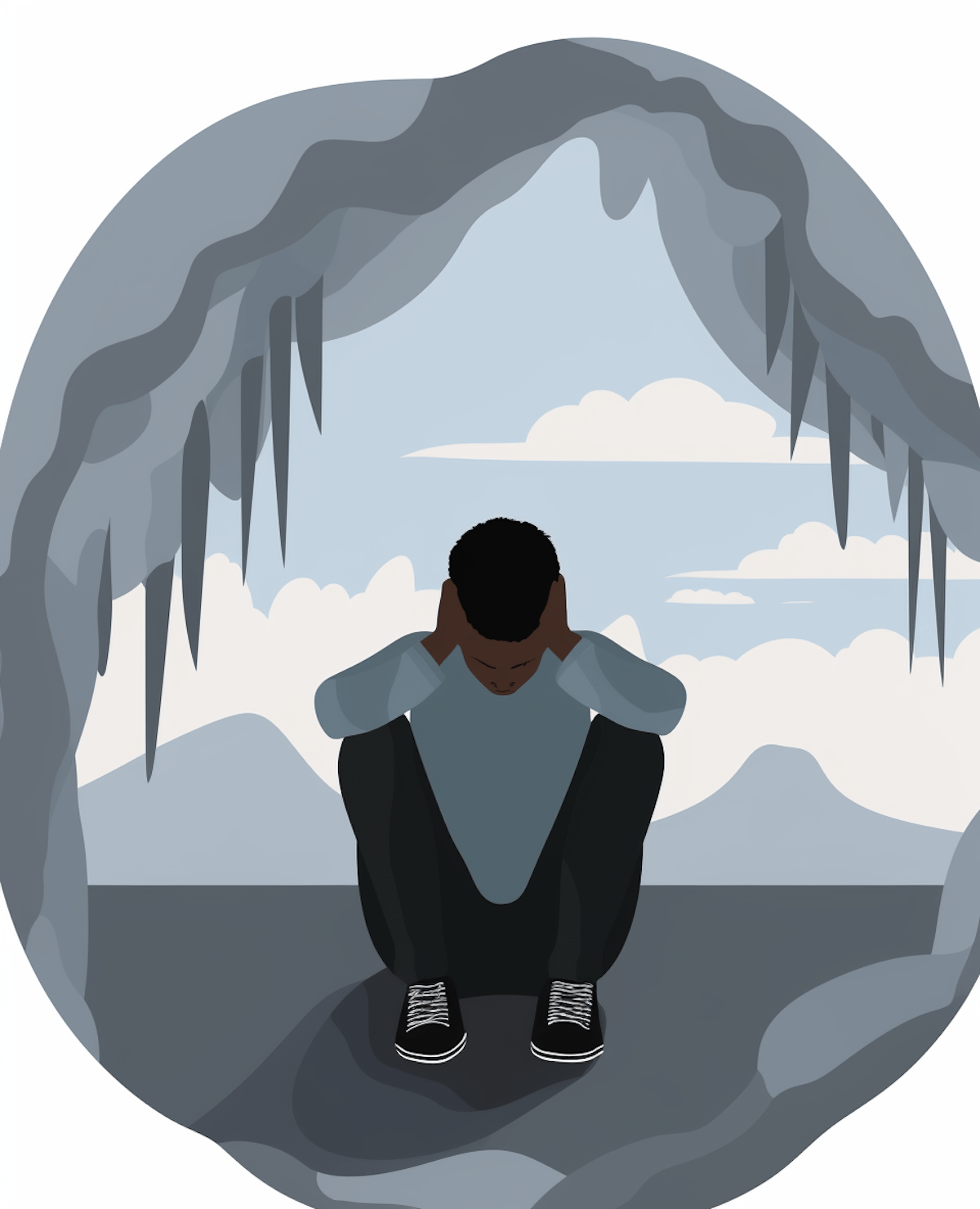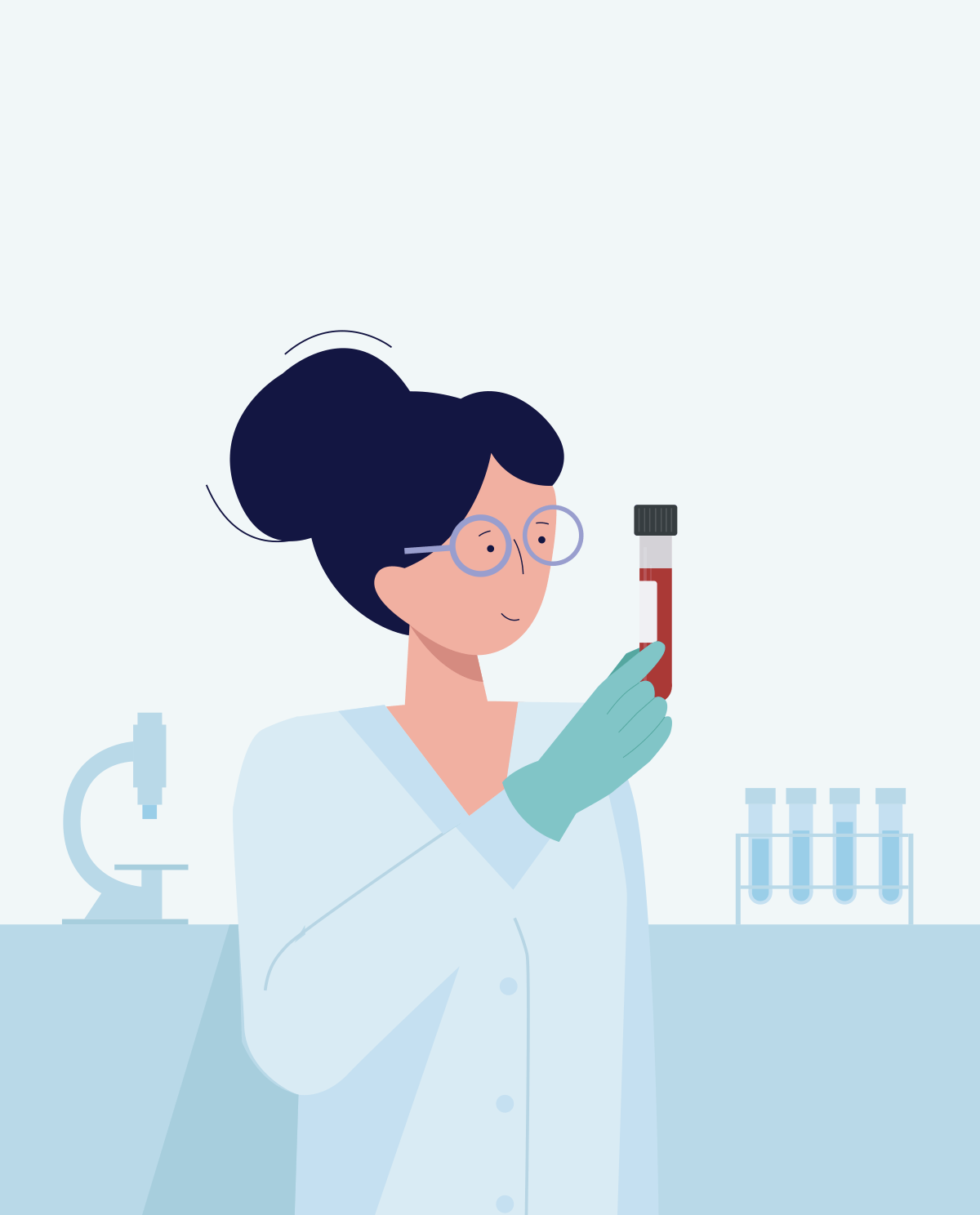Causes of PTSD
PTSD can develop after exposure to an event involving actual or threatened death, serious injury, or sexual violation, whether experienced directly, witnessed, or learned about. The exact reasons some individuals develop PTSD while others do not are not fully understood. Like many mental health disorders, PTSD likely arises from a combination of: - Intense traumatic experiences throughout one's life. - Genetic mental health risks, such as a family history of anxiety and depression. - Inherited features of one's personality, often termed one's temperament. - The way one's brain regulates chemicals and hormones in response to stress.
Risks Associated with PTSD
Several factors can increase the risk of developing PTSD after a traumatic event. These factors vary among individuals and can include: - Trauma Severity: More intense and life-threatening events increase the risk of PTSD. - Personal History: Previous traumas, especially during childhood, can heighten vulnerability. - Lack of Social Support: Strong social connections can help cope with trauma, reducing PTSD risk. - Existing Mental Health Conditions: Pre-existing conditions like anxiety or depression can increase susceptibility. - Family History: A family history of mental health disorders can indicate a genetic predisposition. - Biological Factors: Differences in brain structure and function can affect PTSD risk. - Personality Traits: Certain traits, like negativity or high neuroticism, can increase risk. - Coping Strategies: Avoidance or suppression can hinder trauma processing, leading to PTSD. - Age: Younger people, especially children, may be more affected by trauma. - Gender: Some studies suggest women have a higher PTSD risk than men. - Occupation: Jobs like first responders or military personnel can increase exposure to trauma. - Substance Misuse: Using substances to cope can increase PTSD risk.
It's essential to understand that these risk factors don't ensure PTSD development. Conversely, lacking these factors doesn't ensure protection. If you or someone you know shows PTSD symptoms after trauma, seek professional help for diagnosis and treatment. Untreated PTSD can lead to severe complications like depression, substance abuse, suicidal thoughts, and eating disorders.
Signs and Symptoms of PTSD
PTSD symptoms can appear days after a traumatic event, but sometimes they don't emerge until years later. These symptoms can disrupt daily life, and they typically fall into four categories: - Avoidant Behavior: Avoiding reminders of the trauma. - Intrusive Thoughts/Memories: Distressing dreams or reactions related to the trauma. - Physical or Emotional Changes: Constant fear, substance abuse, sleep disturbances, guilt, irritability. - Mood/Thought Changes: Hopelessness, memory issues, feeling detached, loss of interest in activities.
PTSD symptoms can fluctuate in intensity. They might intensify during stressful periods or when encountering trauma reminders.
Diagnosis and Treatment
Diagnostic Methods
A comprehensive physical exam rules out other potential causes of symptoms. A psychological evaluation, often using the DSM-5 (Diagnostic and Statistical Manual of Mental Disorders), is also conducted. For a PTSD diagnosis: - Exposure to a traumatic event is necessary. - Symptoms like nightmares, flashbacks, and physical reactions must be present. - Sleep disturbances and arousal changes are observed. - Symptoms must last for more than a month. - Mood and memory disturbances, like difficulty recalling events or feeling detached, are present.
Treatment Options
- Psychotherapy
- Medication: Anti-anxiety drugs and antidepressants.








